On Tuesday, June 6, 2023, the Okaloosa Board of County Commissioners approved a Florida Fish and Wildlife Conservation Commission (FWC) grant of $42,875. This grant, fully executed on June 12, will cover 100% of the costs associated with the removal and disposal of three derelict vessels from the public waters within Okaloosa County.
- The removal of these vessels aims to enhance boating safety, eliminate navigation hazards, and contribute to the restoration of marine resources and water quality.
The three derelict vessels scheduled for removal are located in Boggy Bayou, Choctawhatchee Bay, and Cinco Bayou. According to Alex Fogg, the Okaloosa County Coastal Resource Manager, derelict vessels are a recurring issue around the county, often resulting from neglect or severe weather conditions.
“Derelict vessels are a tricky issue present in our waterways. We work closely with law enforcement agencies and regulatory agencies including Florida Fish and Wildlife Conservation Commission and Okaloosa County Sheriff’s Office to address the problem and initiate the cleanup process,” explained Fogg. “At the end of the day, Okaloosa County is responsible for managing the removal projects.”
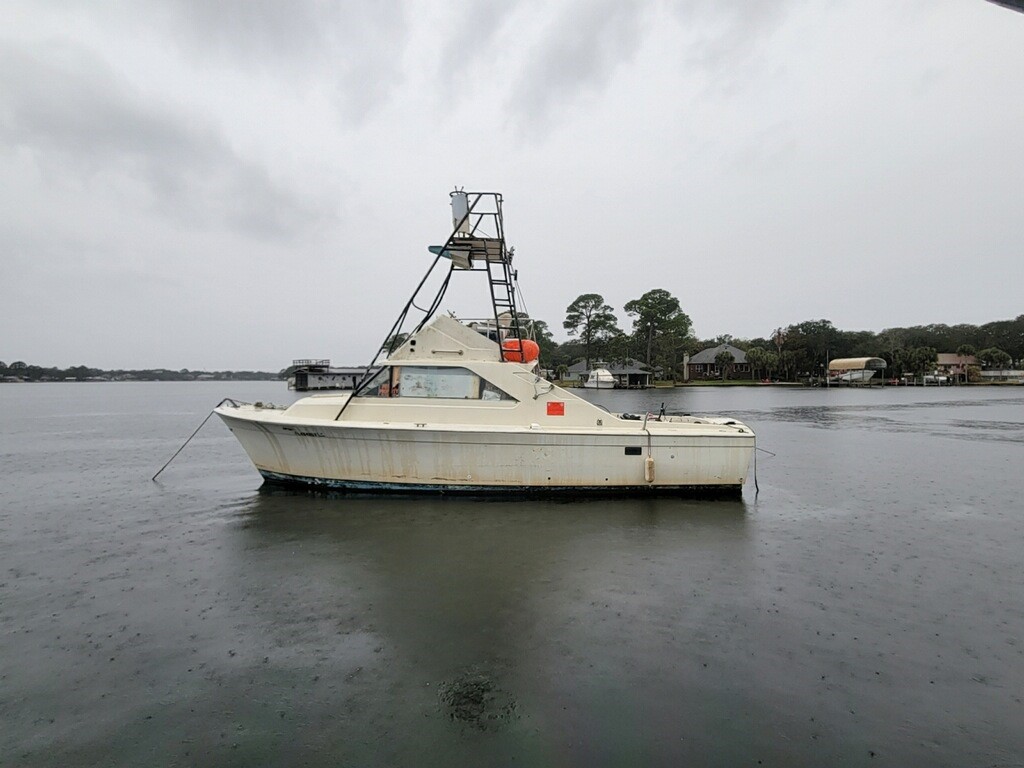
The $42,875 grant from FWC will fully fund the removal of the following three derelict vessels:
- Boat 1: A white 27′ Cal-Sal Sailboat located in Boggy Bayou.
- Boat 2: A white 36′ Cascade Yacht Sailboat situated in Choctawhatchee Bay, north of Crab Island.
- Boat 3: A white 31′ Chris Craft Cabin Motorboat located in Cinco Bayou.
Fogg emphasized the importance of following the proper procedure when dealing with derelict vessels. The owner(s) of a derelict vessel are provided ample opportunities to address the derelict vessel and remove it before triggering the formal removal process. To ensure a safe and effective removal, third party individuals and entities are urged not to attempt to remove the vessels themselves, without proper permission.
Instead, the County must be informed, which triggers a coordinated effort between Okaloosa County and the FWC with the eventual authorizations given to the County to coordinate removal with licensed contractors.
- “You have to go through a long process and it takes a minimum of 45 days after FWC has been informed of the issue,” said Fogg. “Then, FWC will give us the authority to go ahead and remove that vessel.”
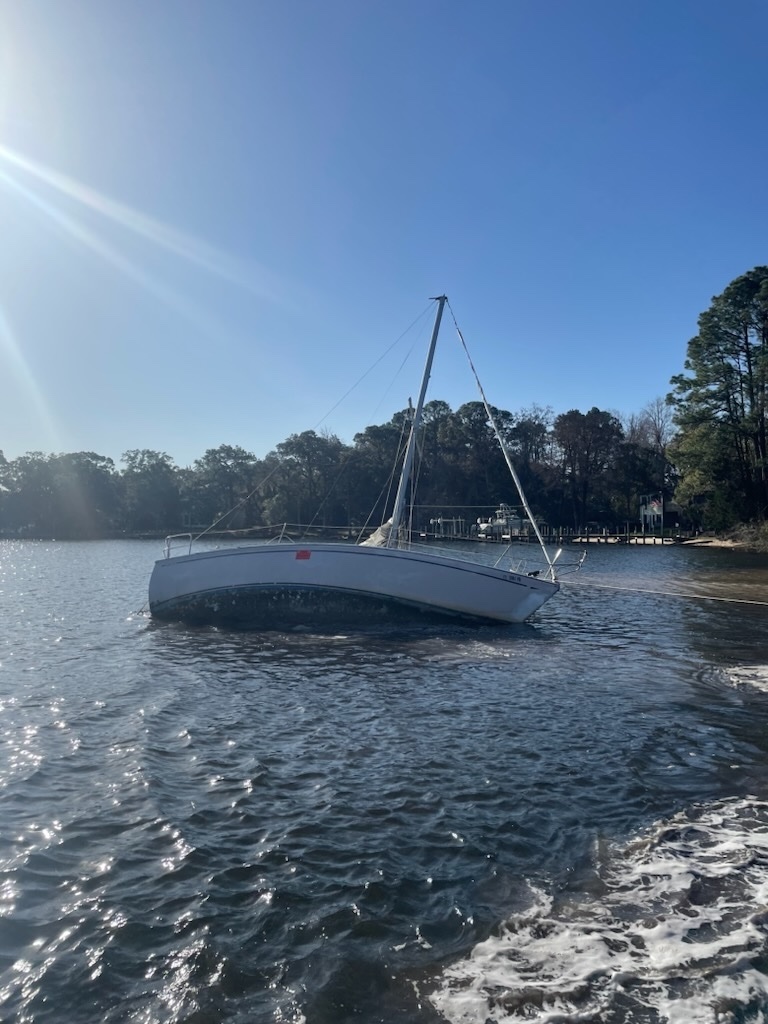
Once authorized, the County hires licensed contractors to extract the vessel(s) from the water, ensuring precautions are taken to prevent any fuel leaks or damage to the vessel structure. The vessel(s) are then transported to an authorized landfill facility for disposal.
“It’s really important to make sure that you don’t puncture the fuel tanks or cause any of the hull to break off because we don’t want to pollute the waterways any more than what these derelict vessels may have already ,” he added.
The community’s assistance in identifying and reporting derelict vessels is crucial.
“The only way that vessels can be removed is if the County is notified and then we work closely with FWC to make it happen,” explained Fogg. “So if you see a derelict vessel, please let us know and we can take care of it. If we don’t know about the vessel, we can’t do anything about it.” This includes vessels that may have sunk and are causing significant navigation hazards in our waterways.
Since the Coastal Resources Team took over derelict vessel management in late 2021, more than $110,000 (including this grant) has been awarded to remove 31 derelict vessels from our local waterways.
In derelict vessel removal projects, if the County/State needs to step in and remove the vessel (and the owner can be identified), a lien is placed on the owner’s registration. The owner will not be able to renew their license or registration until the entire sum of removal is repaid.
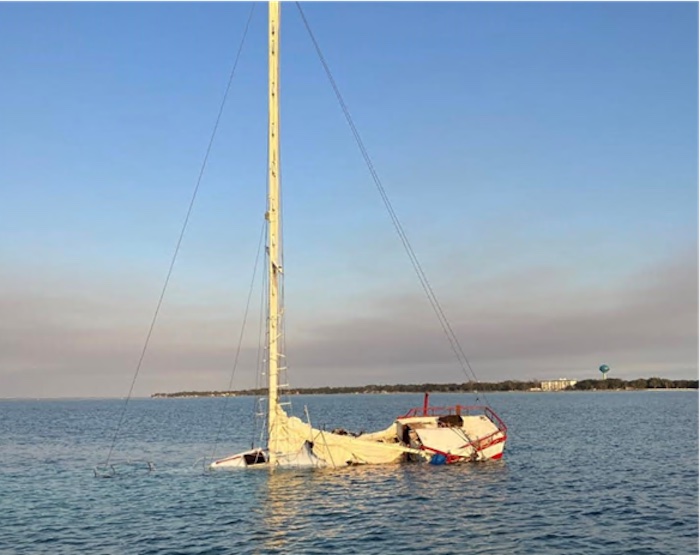
According to Fogg, if a vessel looks “old and worn down,” that doesn’t mean it’s a derelict vessel. Law enforcement monitors these “at risk vessels” and issues citations to bring these vessels into compliance before they become derelict.
- If someone owns a vessel that is currently floating and NOT a derelict vessel but is at risk, they can turn it over to the state at no cost to the owner: https://myfwc.com/boating/waterway/vtip/
As for these vessels, Fogg anticipates that all 3 will be removed from the waterways within the next few weeks, weather permitting.

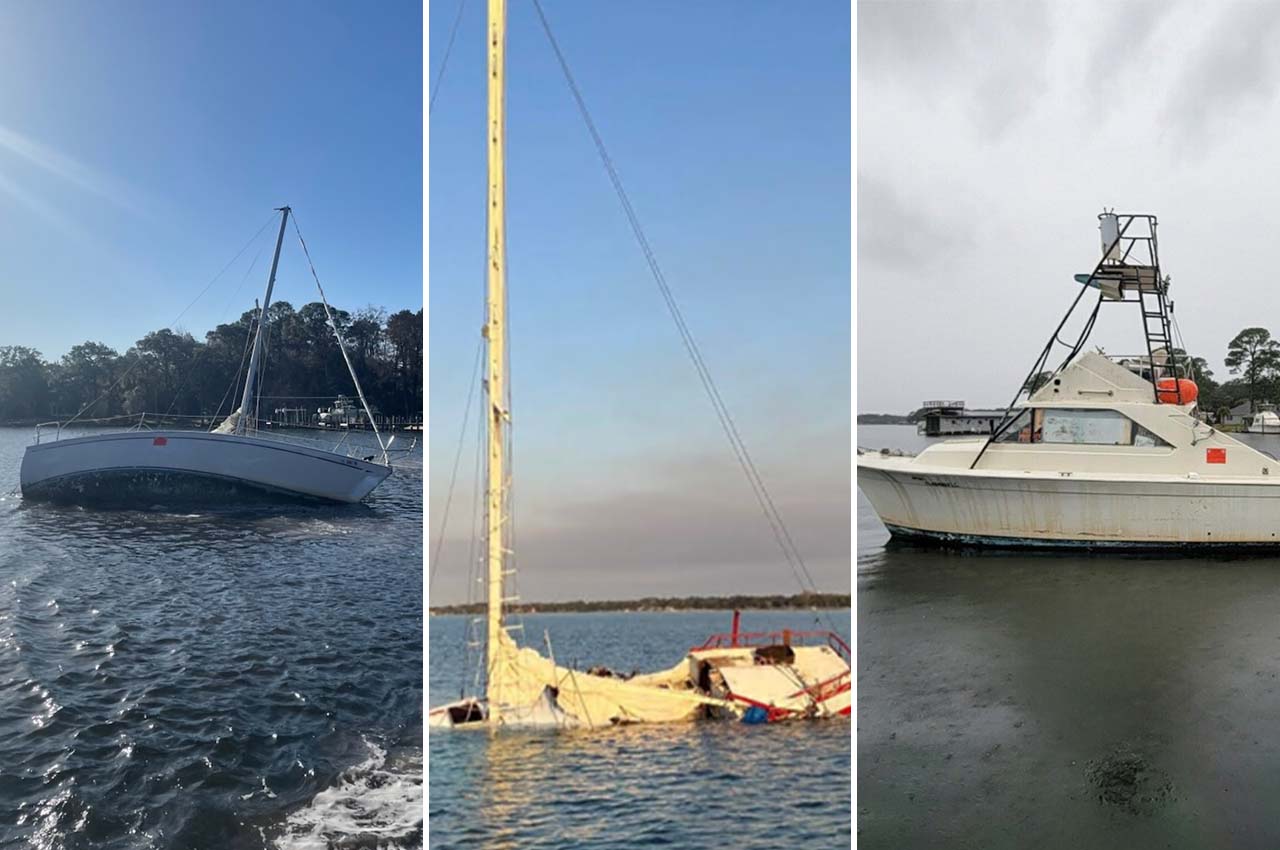
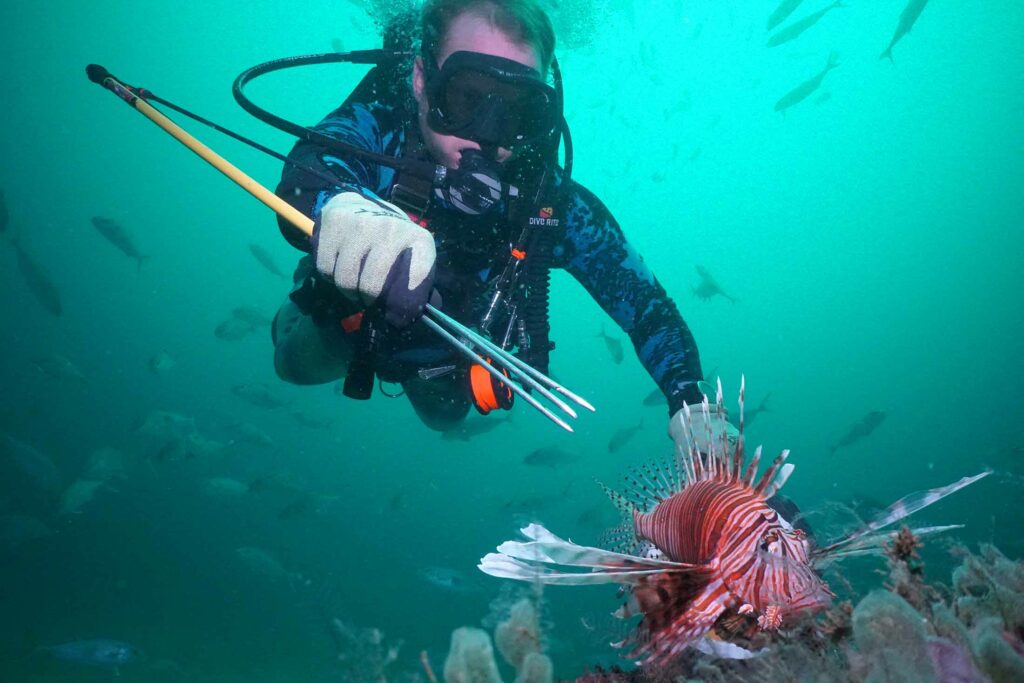
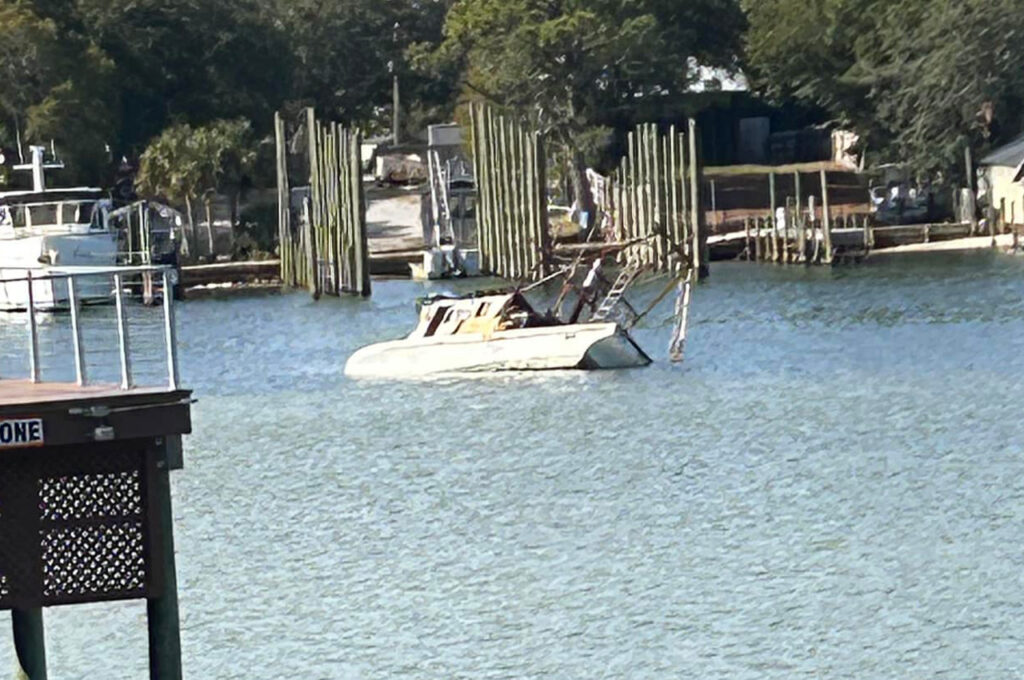
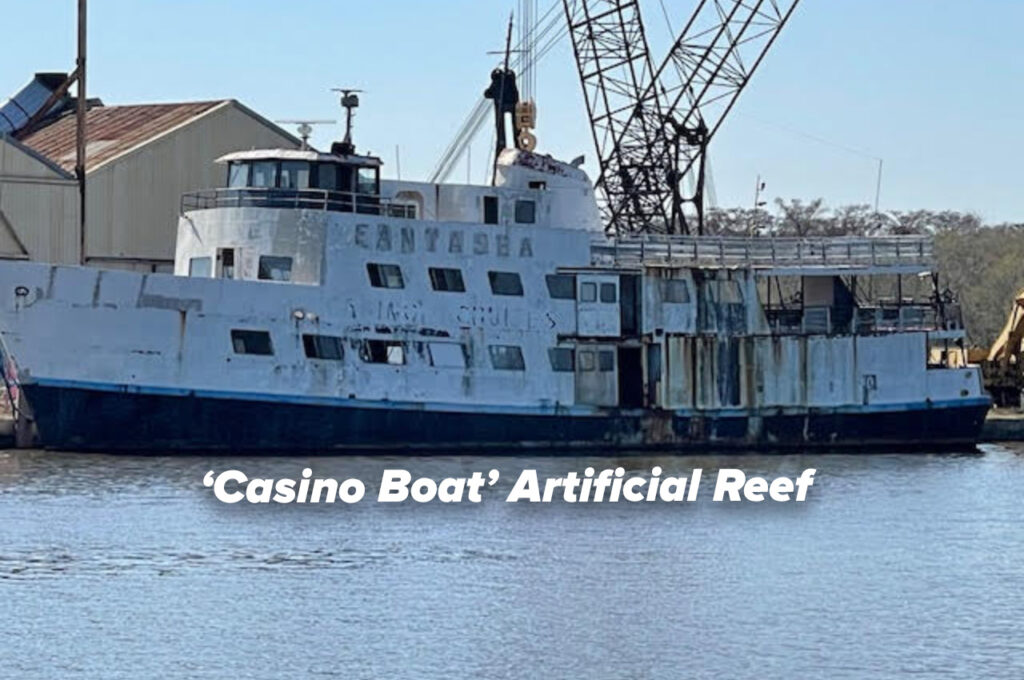
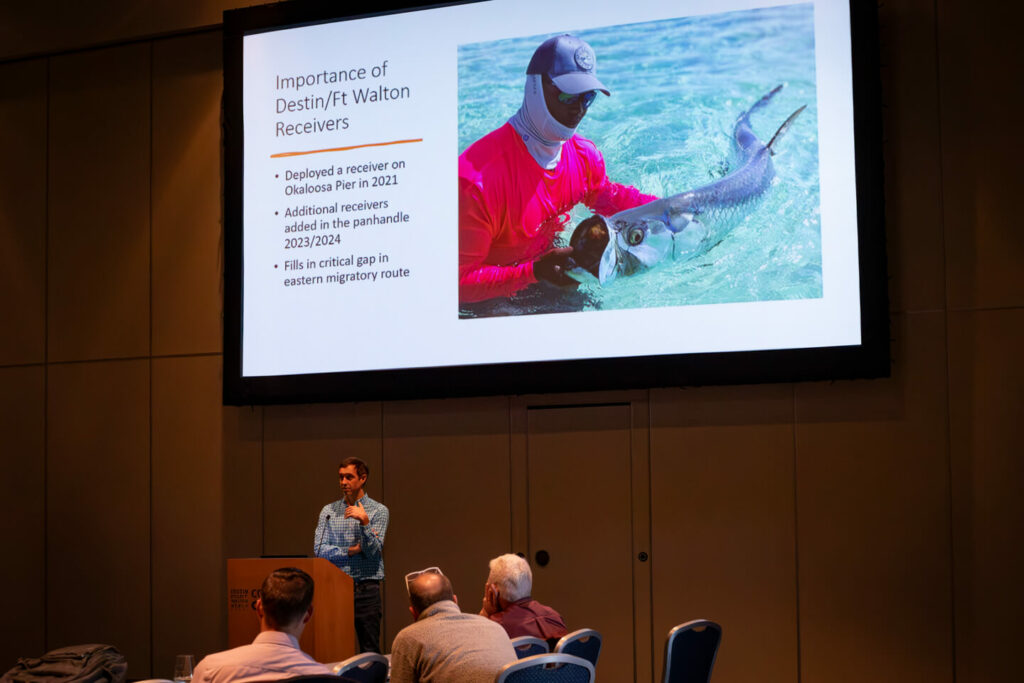
One Response
There are a lot of theses in the local rivers I fish, is there a process to report these to FWC to get them removed?